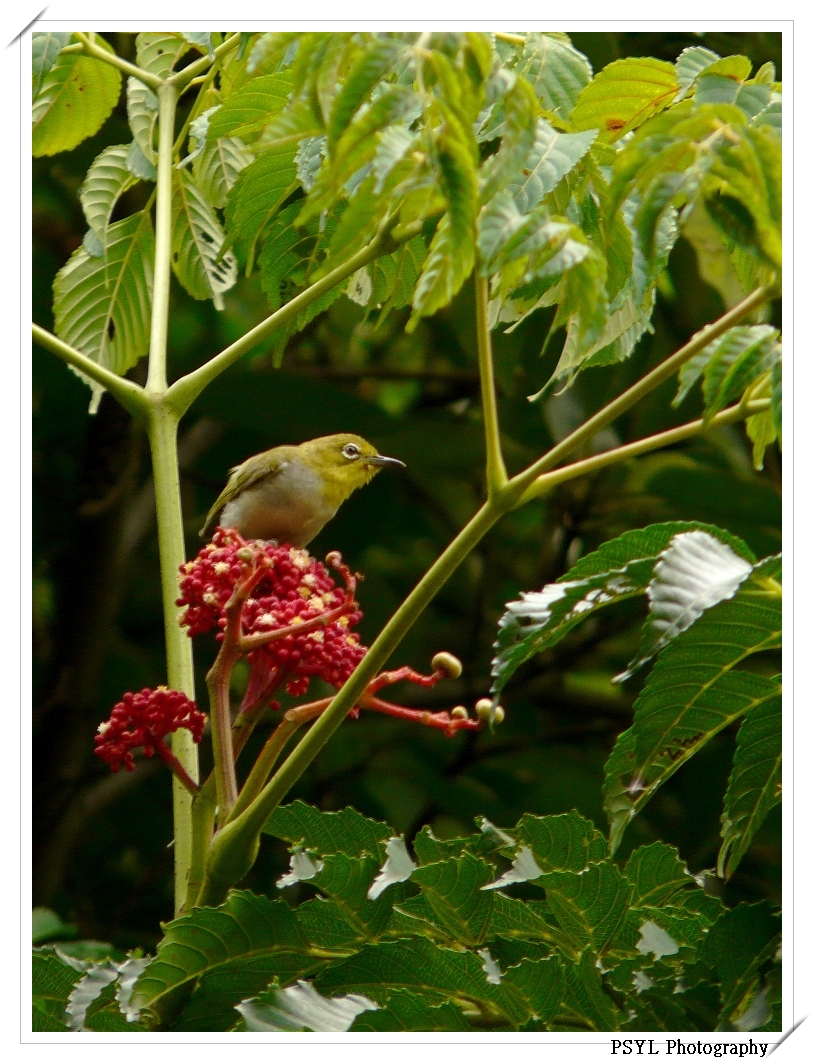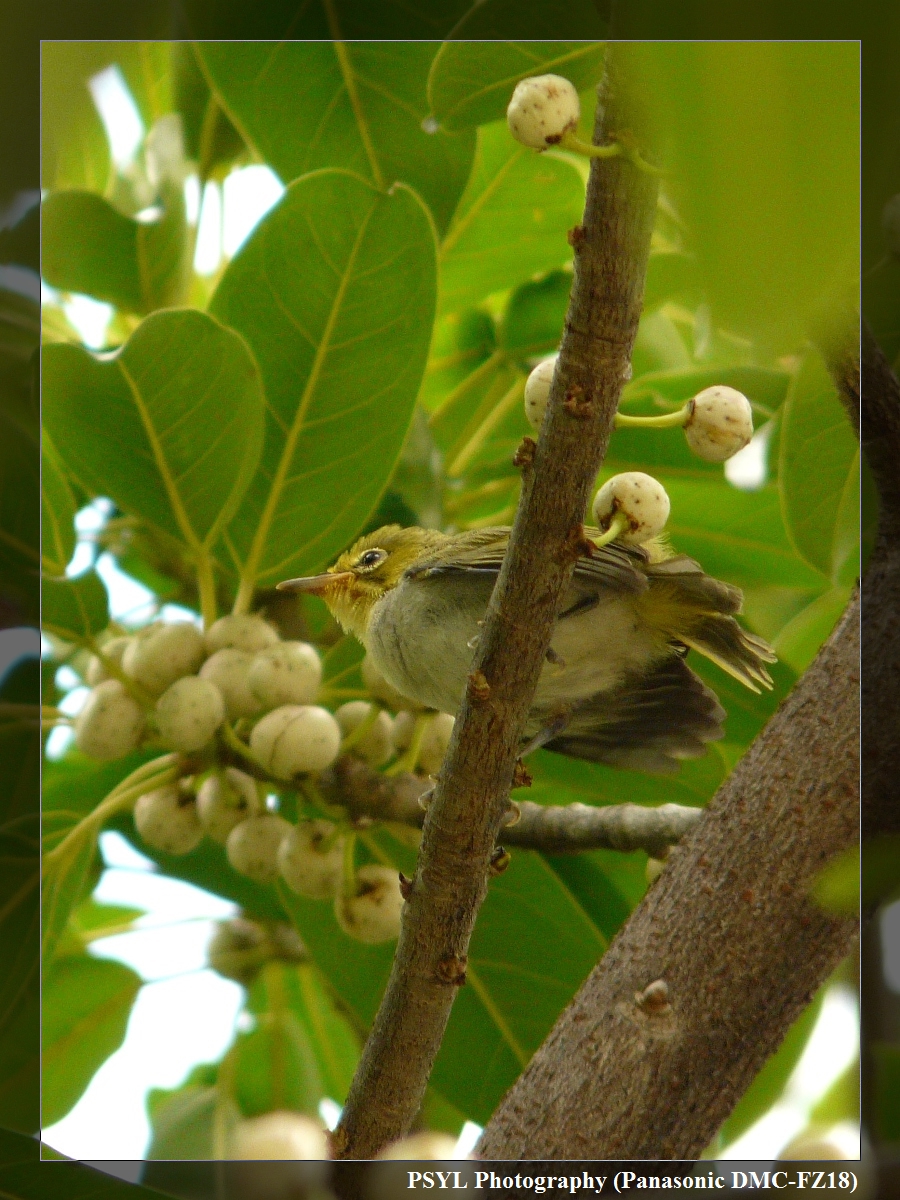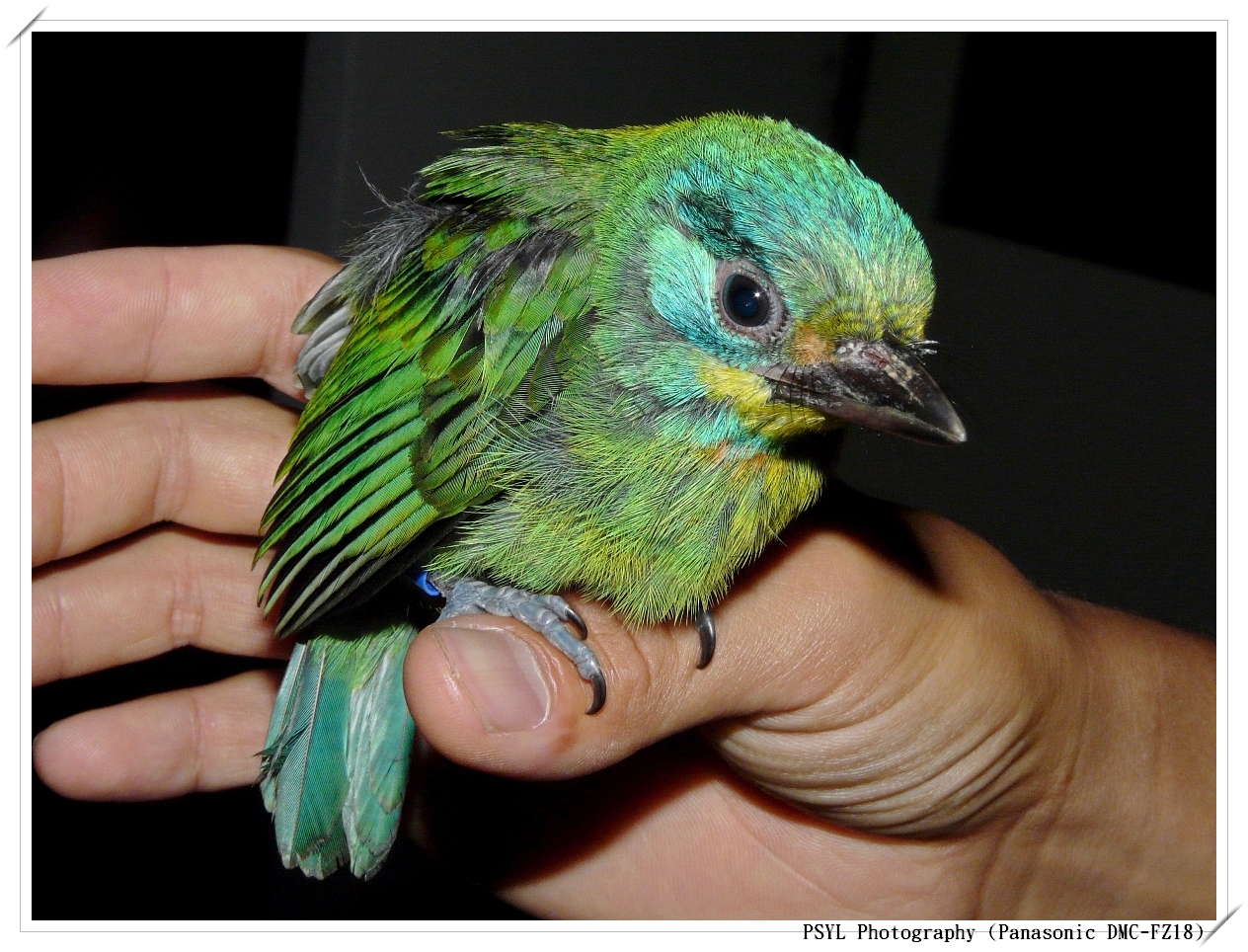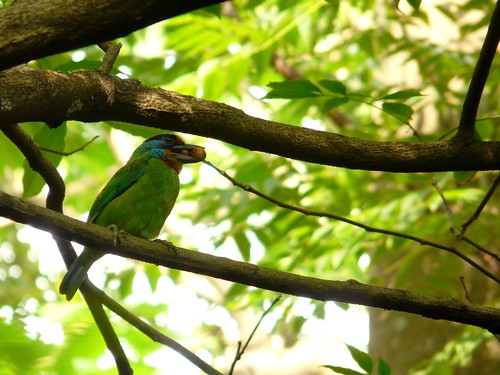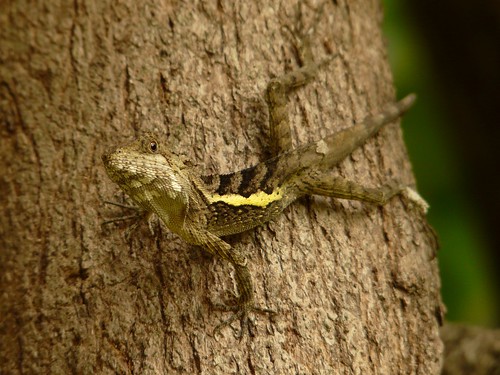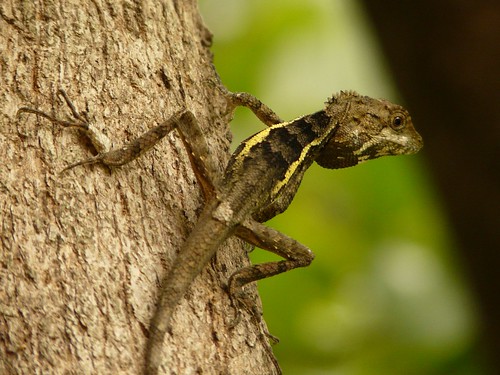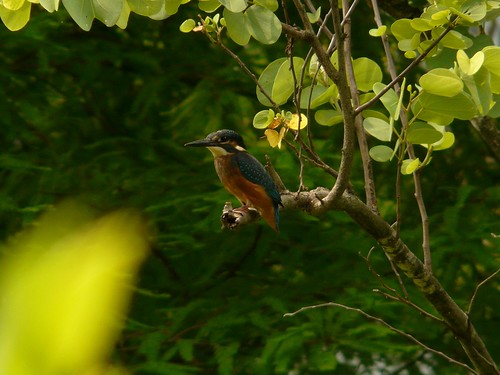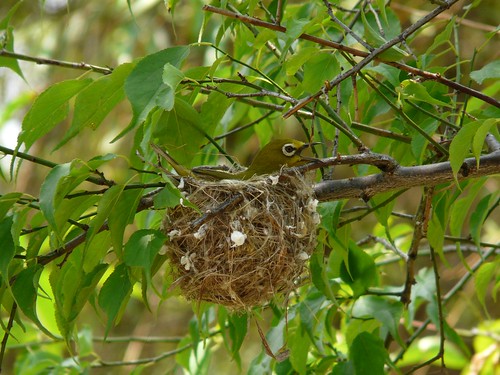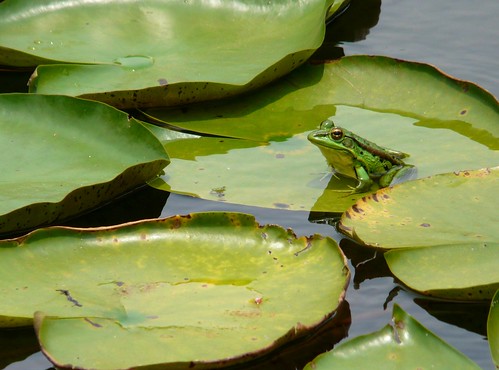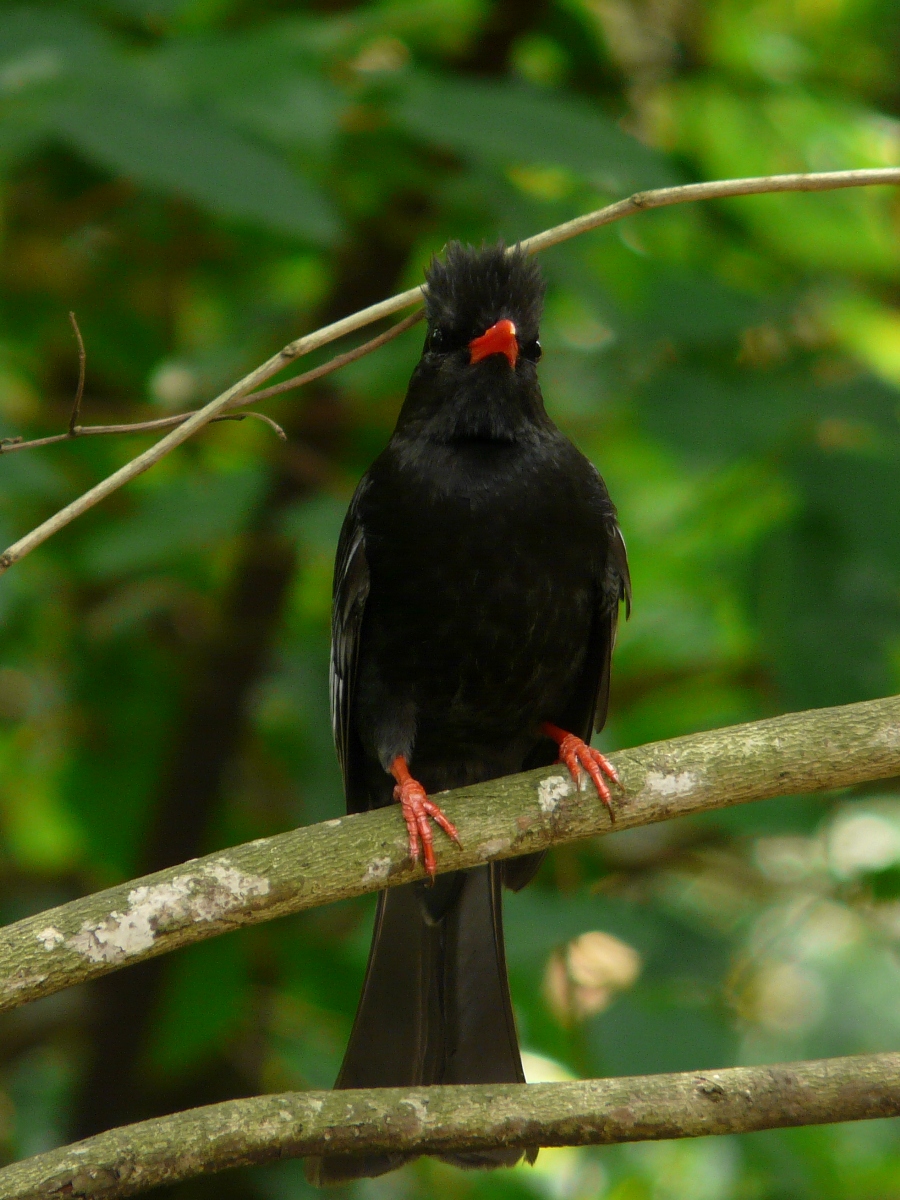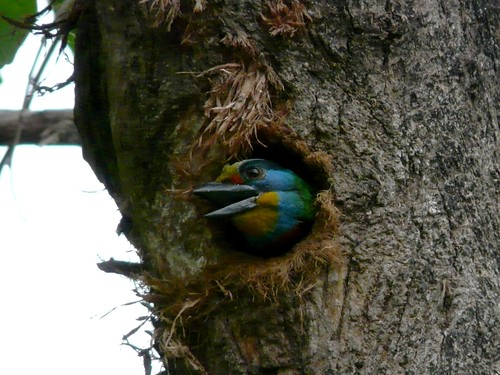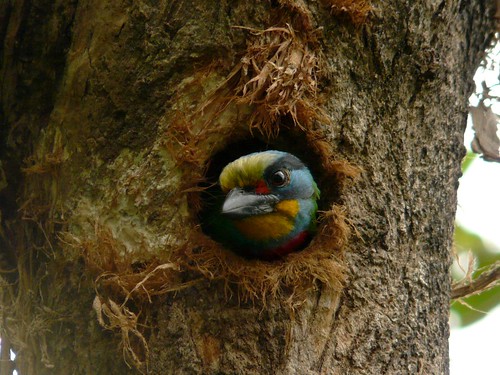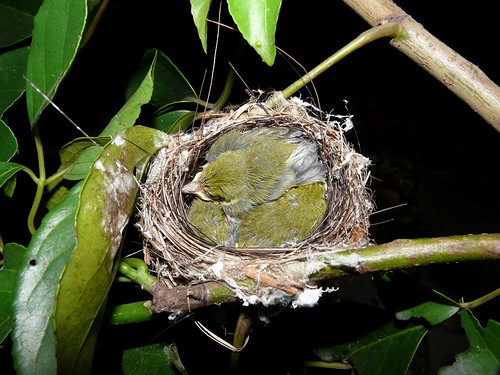There has been sightings of migrating Grey-streaked Flycatcher in Taipei Botanical Garden this week. So, I have been keeping an eye out for this potential lifer during my walks across the garden in the morning. Sadly, I still have not yet being able to find it yet.
Instead, I was photographing other wildlife that I came across.

Grey Treepie cracking loudly on top of tree.
In the office today, I was calculating the hourly differences between male and female barbets in nestling feeding and nest cleaning, as well as editing my abstract.
In the afternoon, I headed up to the roof to photograph the setting sun and orange sky.
In the afternoon, I headed up to the roof to photograph the setting sun and orange sky.

